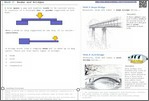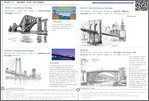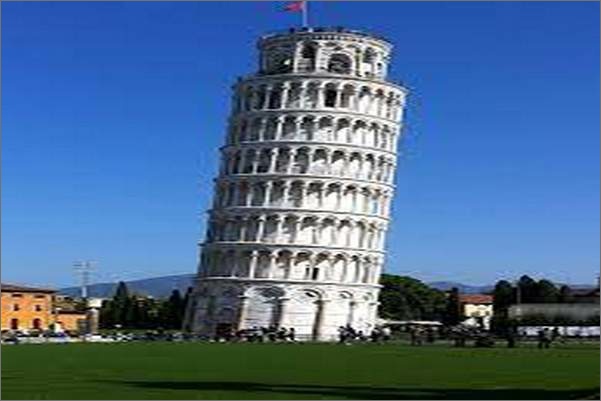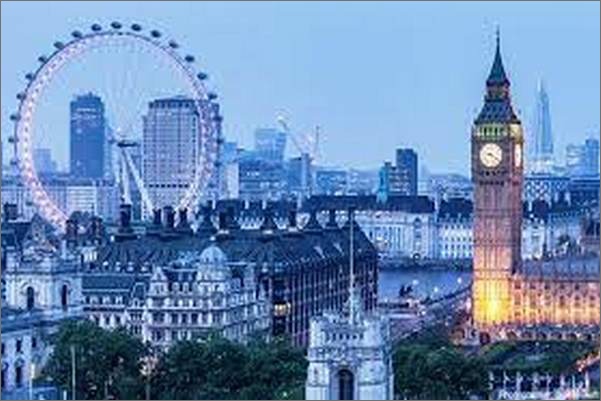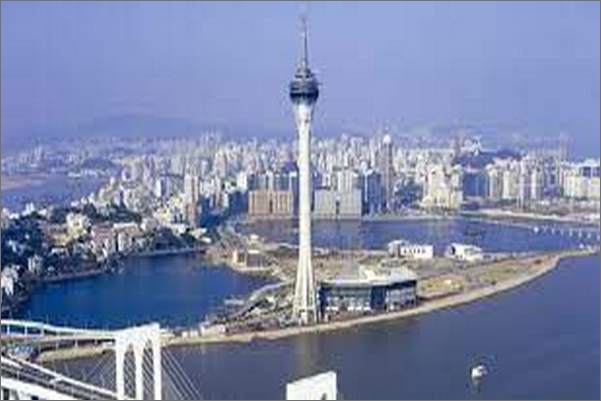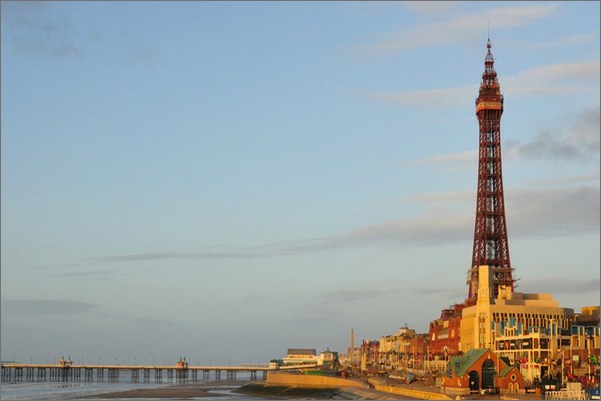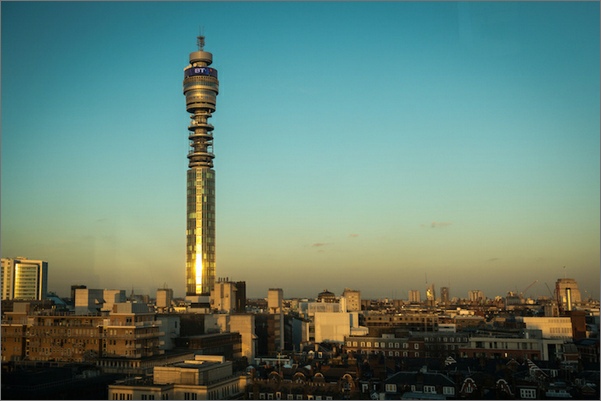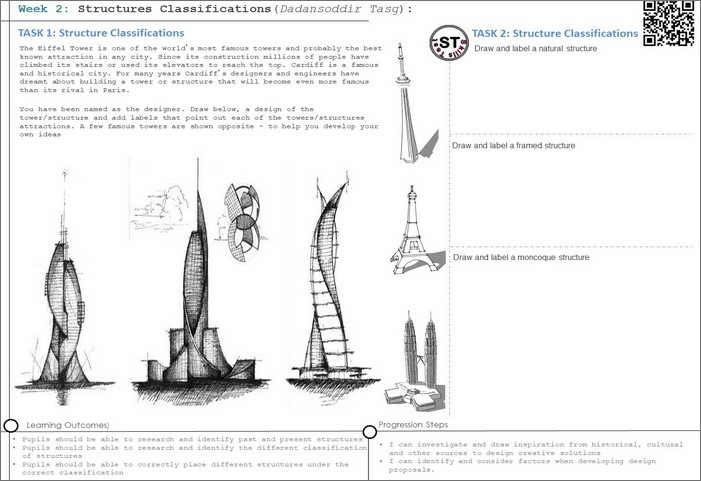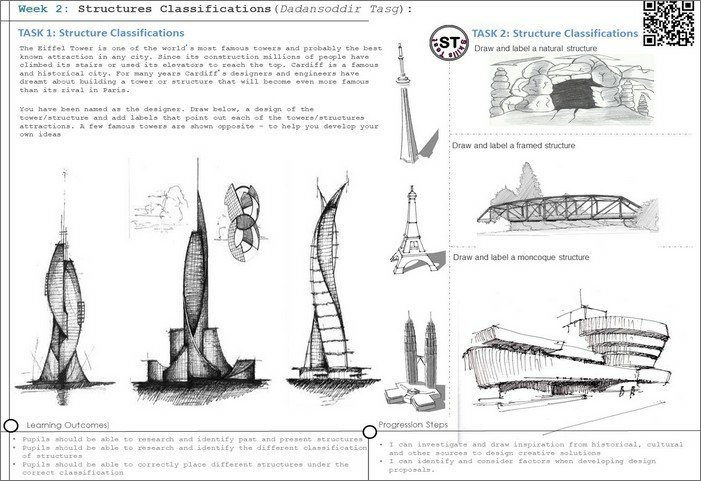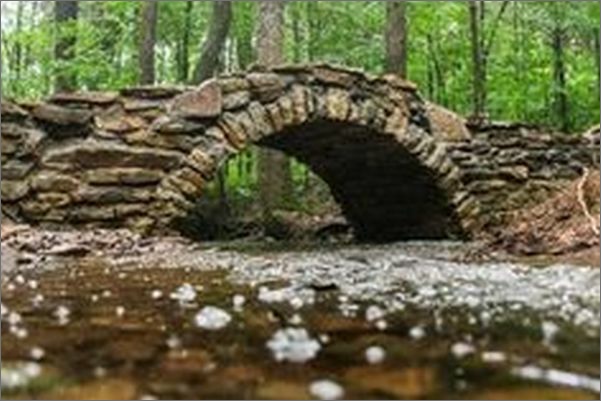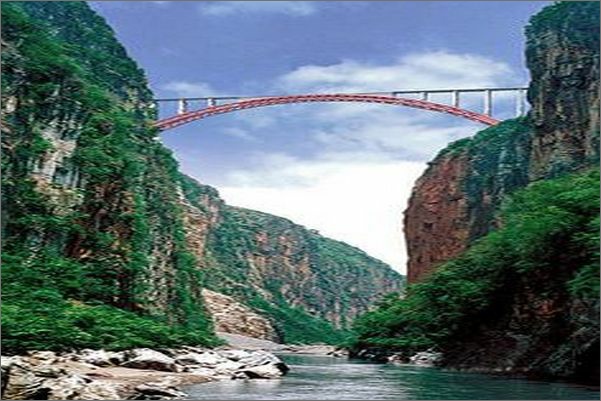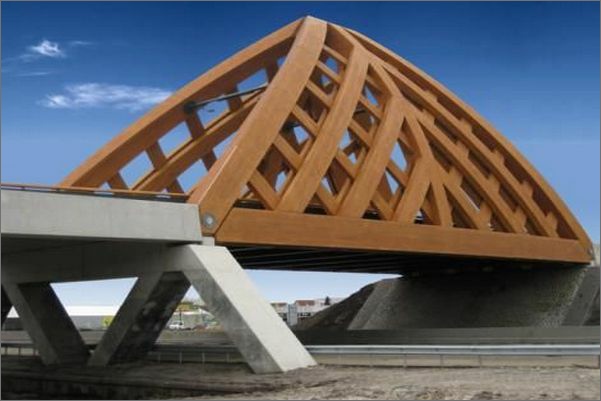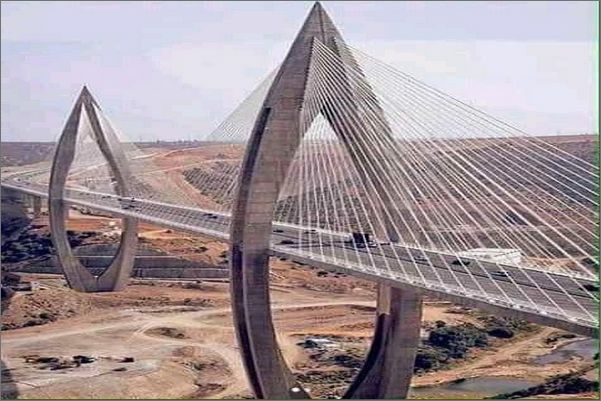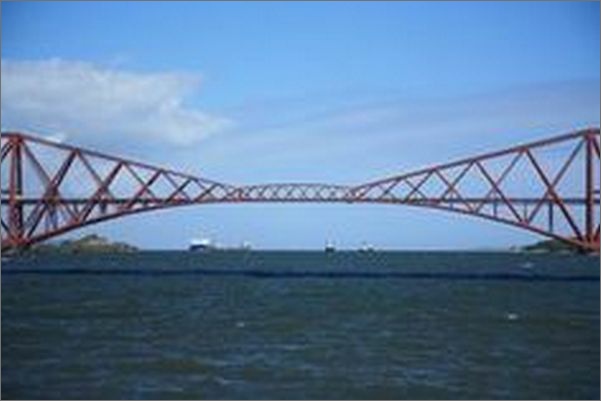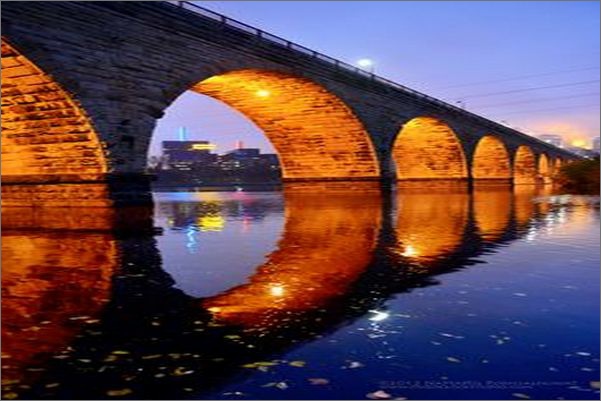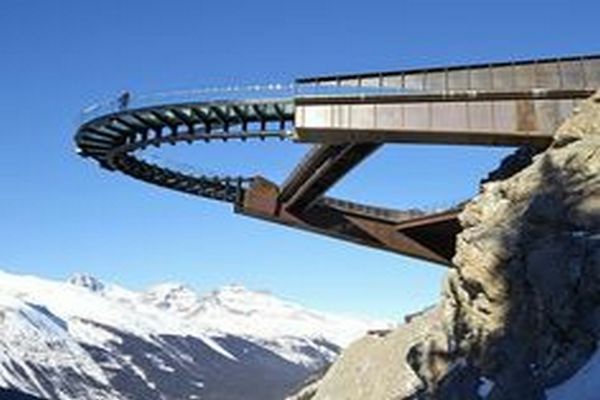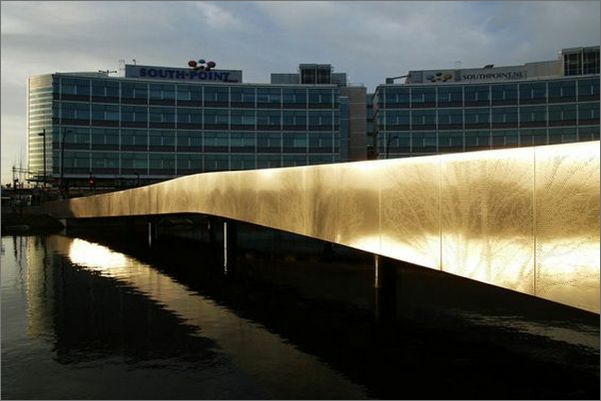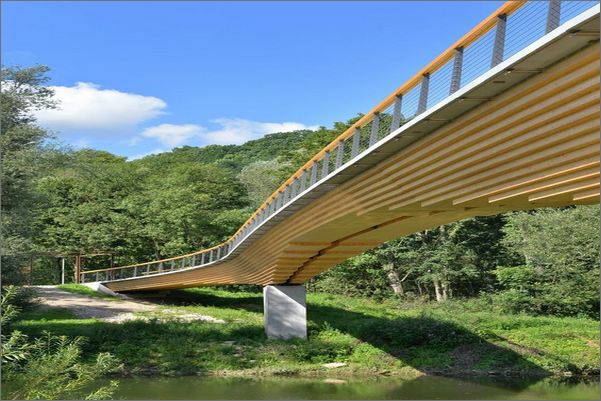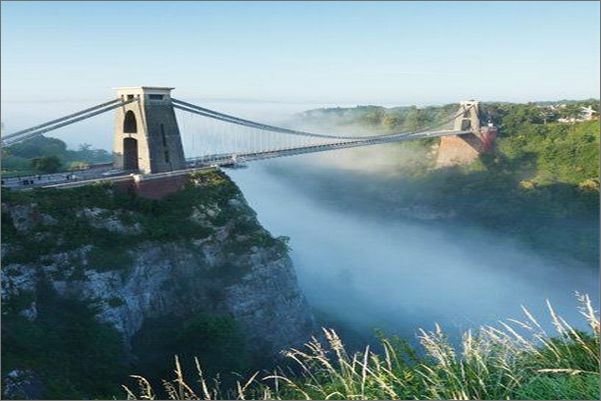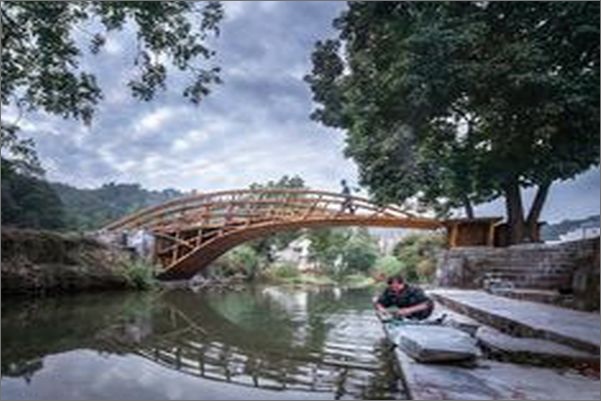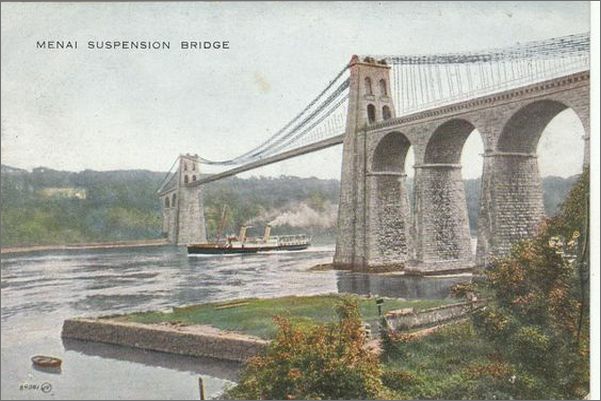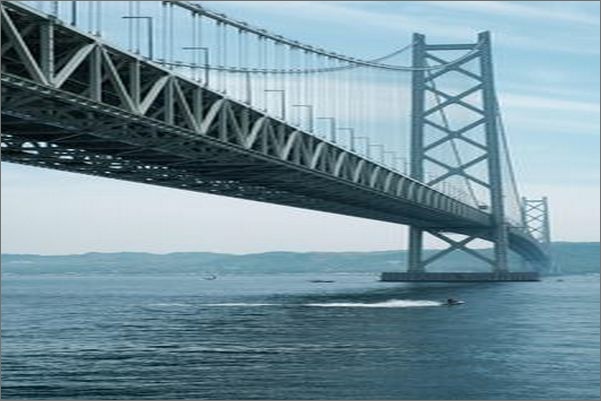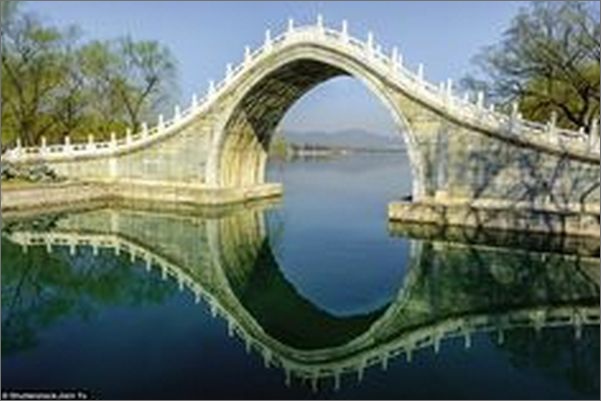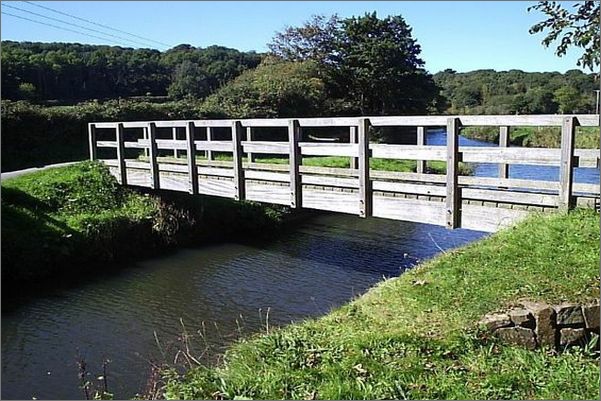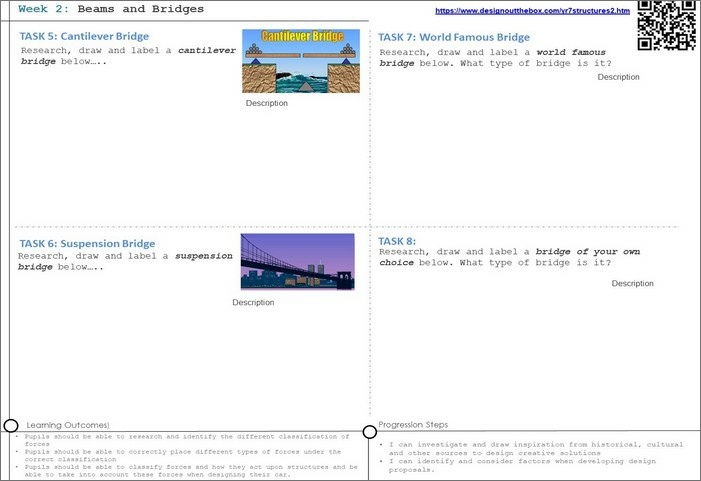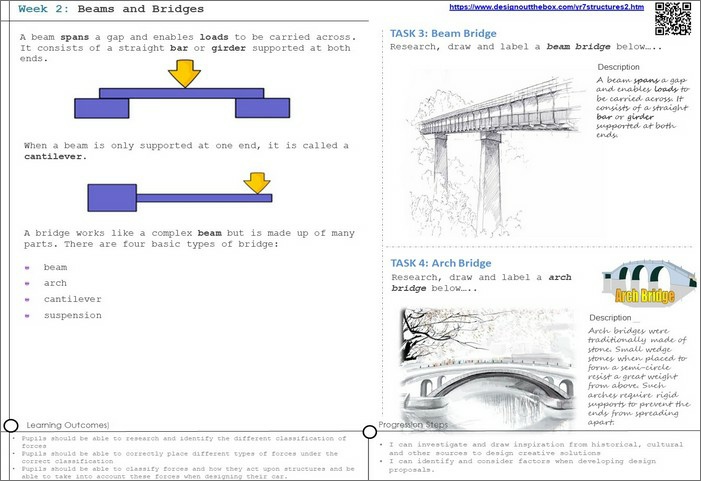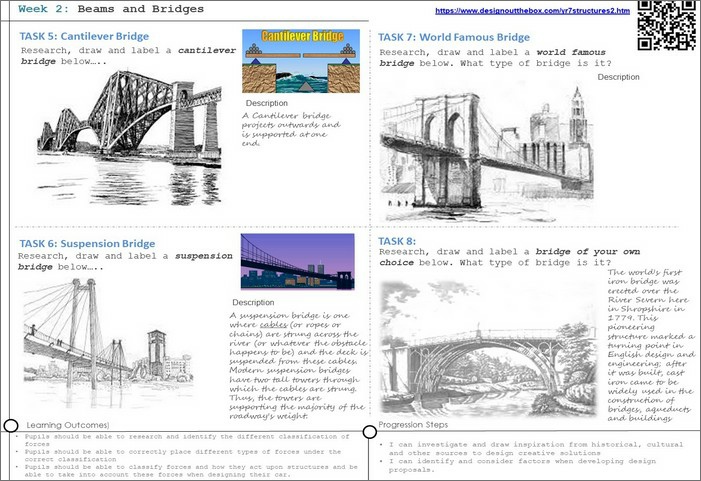





Copyright © 2020 M.Kenny, A.McGuire and E.Jones. All Rights Reserved
No parts of this website maybe copied or reproduced without permission


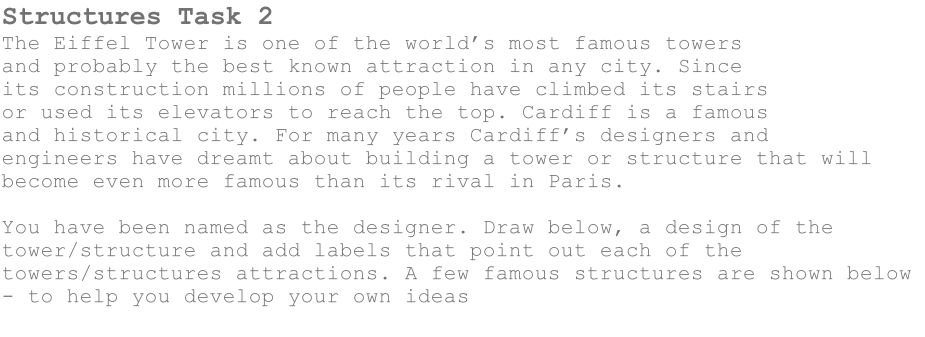










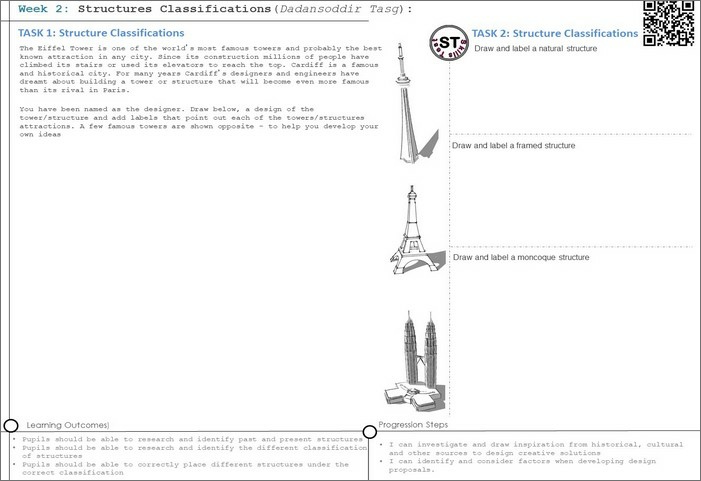
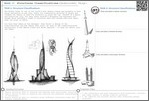


Draw and label on the page in your folder shown below the following:
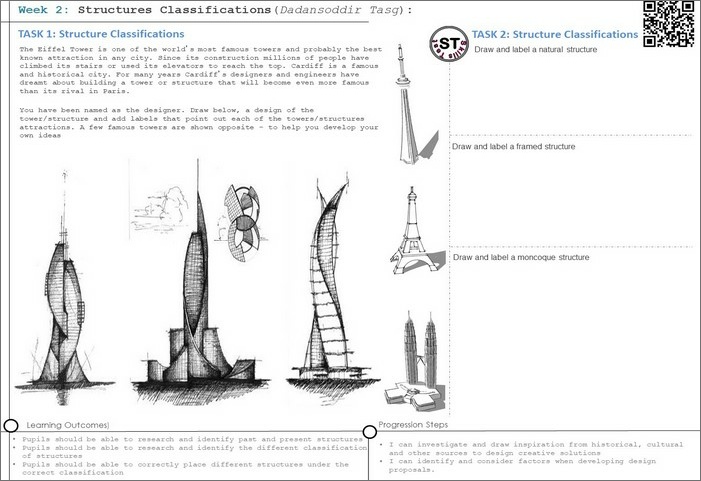
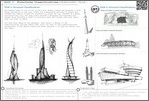


In this section we are going to explore bridges and the forces that act upon them. A beam spans a gap and enables loads to be carried across. It consists of a straight bar or girder supported at both ends.
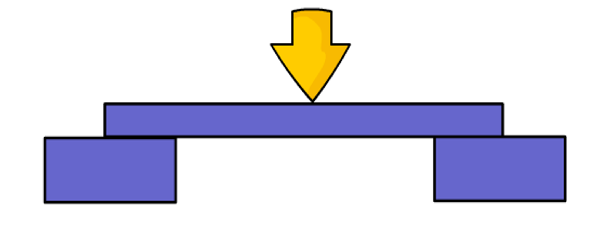
When a beam is only supported at one end, it is called a cantilever.

A bridge works like a complex beam but is made up of many parts. There are four basic
types of bridge:
- beam
- arch
- cantilever
- Suspension
Beam Bridge
The beam type is the simplest type of bridge. It is made of two or more supports
which hold up a beam.
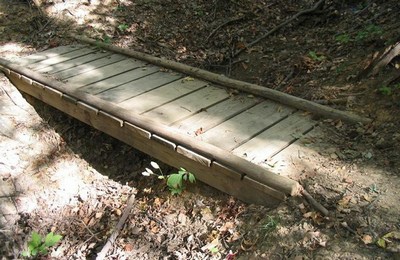
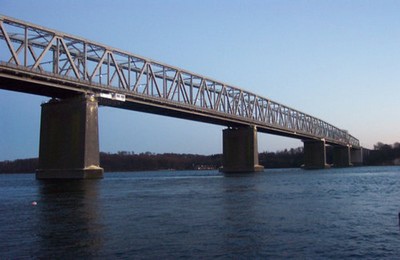
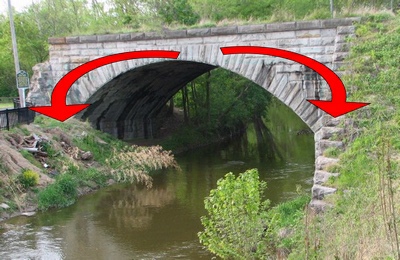
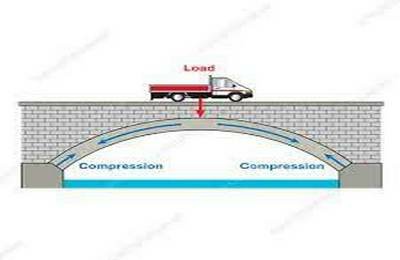
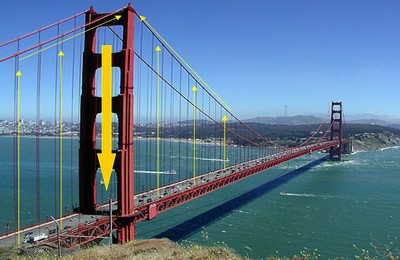
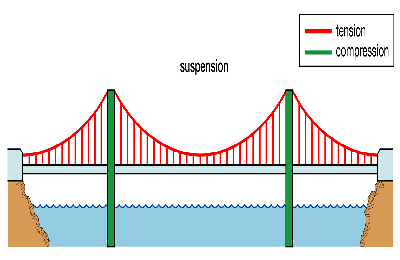
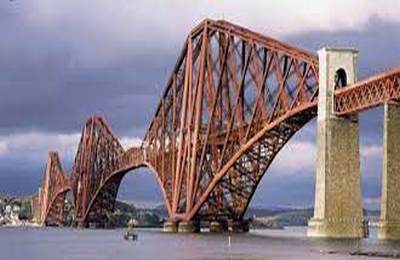
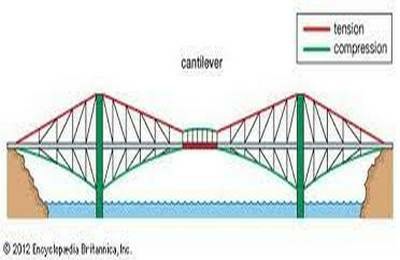
The beam bridge could be anything as simple as a plank of wood
Or a complex structure such as a TRUSS.
Arch Bridge
Arch bridges were traditionally made of stone. Small wedge stones when placed to
form a semi-circle resist a great weight from above. Such arches require rigid supports
to prevent the ends from spreading apart
The beam bridge could be anything as simple as a plank of wood
Cantilever Bridge
In the cantilever type of bridge, two beams support another beam, which is where
the deck or traffic way is. The two beams must be anchored.
Suspension Bridge
The deck (traffic way) of a suspension bridge is hung by cables which hang from towers.
The cables transfer the weight to the towers, which transfer the weight to the ground.
Cable-stayed bridges have towers, but cables from the towers go directly to the road
deck, instead of spanning from tower to tower.
Look at the images below and see if you can identify which bridge fits into which
categories, beam, arch, suspension or cantilever.
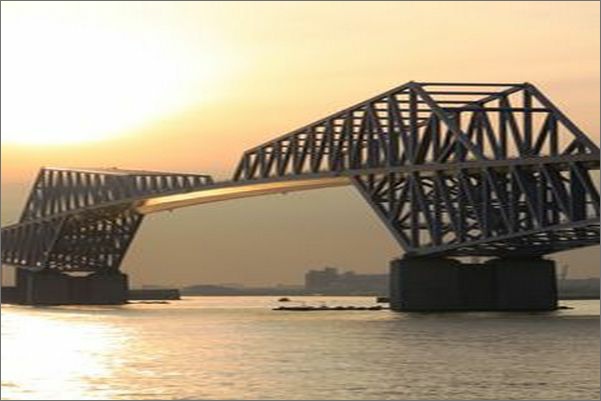
















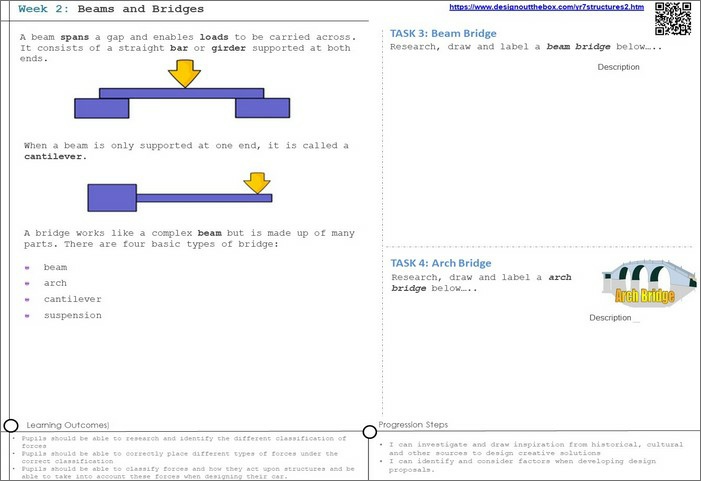
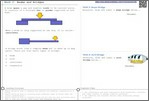
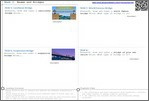
Research the different categories of bridges, beam, arch, suspension and cantilever
on the pages shown in your folder below.
